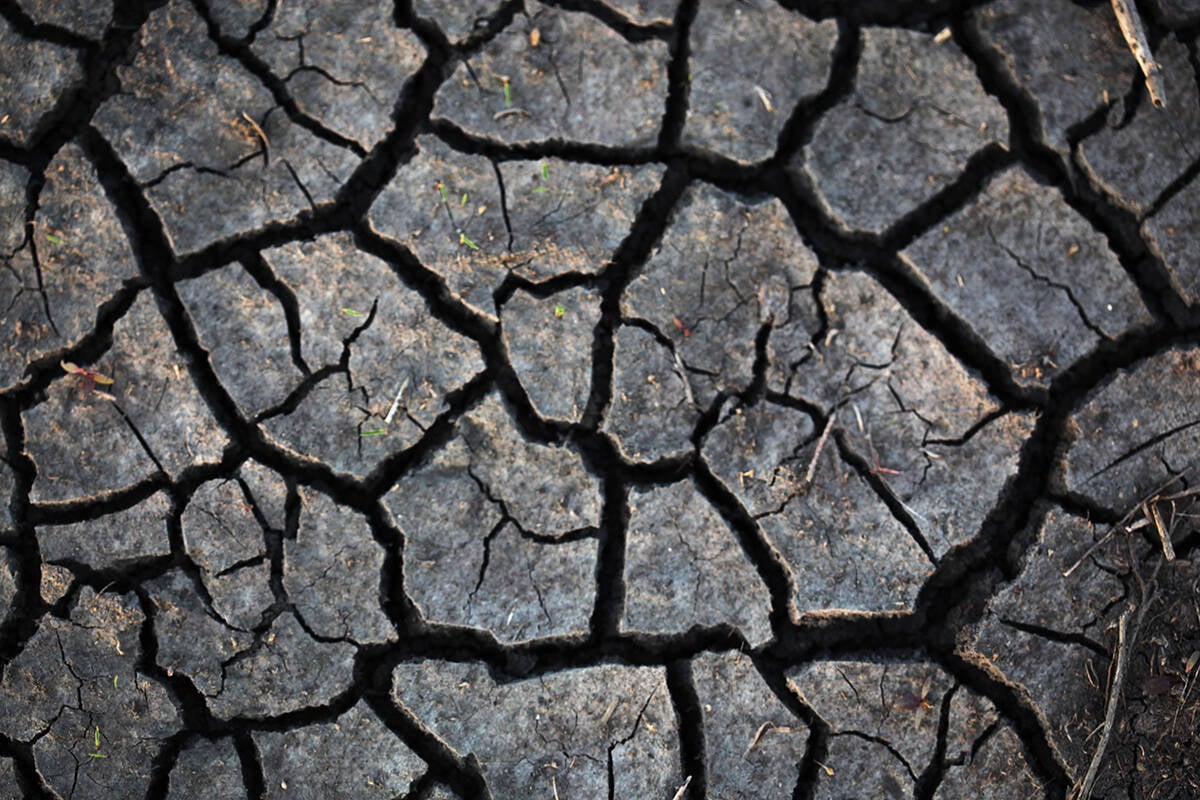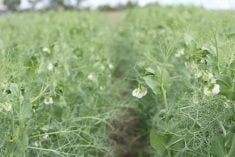MINNEAPOLIS, Minn. — Weather history suggests next year could turn into a bull market for grains and oilseeds, says a meteorologist.
“Some of the things happening now are kind of eerily similar to what we saw happening about six years ago,” said Corey Cherr, head of agriculture and weather research and forecasts with Lanworth, Thomson Reuters.
In 2009-10, the world was at the tail end of an El Nino, which had resulted in three consecutive years of good crops in which supply exceeded consumption.
“Then bang, things started to change,” he told delegates attending the recent Oilseed & Grain Trade Summit.
Read Also

Prairies have variable soil moisture conditions
The dry weather in the west was welcome for preserving grain quality and advancing harvest, but it has resulted in very dry soil moisture conditions.
“We got what we sometimes do get on the back of an El Nino, which was a really severe, rip-roaring drought across the former Soviet states that knocked out a lot of the wheat production and really surprised the market.”
That was followed by two successive La Ninas, which brought a lot of heat to the Western Hemisphere.
In 2012, it switched to what Cherr refers to as a La Nada, or neutral phase of the Southern Oscillation, which exacerbated the hot and dry conditions and caused mayhem with crops around the world.
“We’re probably all still perspiring from that one,” he said.
That series of events led to a bull market, which pushed corn prices as high as $8 per bushel in 2013.
He believes there is a decent probability that the world may be heading down the same path, starting in 2016.
It is already dry in Russia. Soil moisture conditions in the former Soviet Union are similar to what they were in 2009.
Cherr said Russia managed to dodge the bullet the last couple of years when El Nino was struggling to develop. It started out dry both years, but farmers eventually received the moisture they needed to grow a good crop.
However, an undeniably strong El Nino is in place in 2015-16, which could lead to parched fields across the former Soviet Union.
“Sometimes in these El Nino seasons, you see really severe drought set up across Ukraine, Russia and Kazakhstan and wipe out a lot of the wheat,” he said.
There is also compelling evidence to suggest that the Southern Oscillation could shift almost instantaneously from El Nino to La Nina midway through 2016. That has happened in five of the last 11 years following a strong El Nino.
A La Nina could hurt U.S. corn and soybean production because temperatures tend to be warmer than usual. There is a strong tendency for corn yields to fall below trend line when nighttime temperatures are higher than 17 C in July and August.
A below average Black Sea wheat crop followed by poor U.S. corn and soybean crops would be enough to ignite a bull run on grain and oilseed prices.
Cherr said the yield-boosting impact of the El Nino that he believes developed in 2014-15 and strengthened in 2015-16 is almost done.
It will still likely increase production of the soybean and corn crops being planted in southern Brazil and Argentina, but then its influence will be over.
Grain markets will want to turn their attention to what follows.
If the world does transition to a La Nina by mid-2016, there is a good chance it will be a strong event because of another weather phenomena: steadily increasing ocean temperatures in the Northern Hemisphere since about 1980.
“All the water is really, really warm,” he said.
That is causing land temperatures in the Northern Hemisphere to increase at an even greater rate than the oceans, increasing the risk for an even stronger La Nina heat wave.















